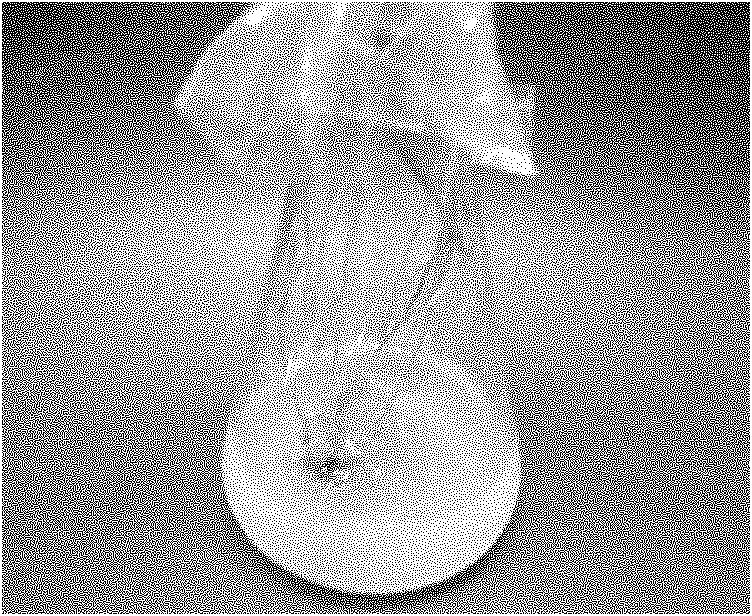Method for rapidly breeding miscanthus plant miscanthus giganteus embryo by tissue culture
A technology of strange stems and plants, which is applied in the field of tissue culture and rapid propagation of strange stem embryos of Miscanthus plants, can solve the problems of different healing rates and differentiation rates, and achieve high callus propagation rates, high efficiency, and disinfection methods simple effect
- Summary
- Abstract
- Description
- Claims
- Application Information
AI Technical Summary
Problems solved by technology
Method used
Image
Examples
Embodiment 1
[0024] A method for rapid propagation through tissue culture of Miscanthus somatic embryo, the steps of which are:
[0025] 1. Selection of young panicles: Select young panicles that are in the formation stage of Yinghua primordium, the central axis is relatively soft, and basic branches have not yet formed.
[0026] 2. First-generation induction: Cut it into 3 cm pieces, first disinfect it with 75% alcohol for 30 seconds, then soak it in 0.1% mercury chloride for 3 minutes, then rinse it with sterile water three times, and inoculate it on the young ears of the first-generation induction on the culture medium. After 30 days of primary induction, embryogenic callus was obtained. The culture conditions are 25°C, 16 hours of light per day, and the light intensity is 2000LX. The primary induction medium is: A: MS medium supplemented with 6-benzyladenine 6-BA1-2mg / L, 2,4-dichlorophenoxyacetic acid 2,4-D1-5mg / L, sucrose 30g / L, PhytagelR 3g / L. After 9 days of growth, the callus b...
PUM
 Login to View More
Login to View More Abstract
Description
Claims
Application Information
 Login to View More
Login to View More - R&D
- Intellectual Property
- Life Sciences
- Materials
- Tech Scout
- Unparalleled Data Quality
- Higher Quality Content
- 60% Fewer Hallucinations
Browse by: Latest US Patents, China's latest patents, Technical Efficacy Thesaurus, Application Domain, Technology Topic, Popular Technical Reports.
© 2025 PatSnap. All rights reserved.Legal|Privacy policy|Modern Slavery Act Transparency Statement|Sitemap|About US| Contact US: help@patsnap.com



